Cabinet handles are essential components in interior design, blending functionality with aesthetic appeal. They serve as the first point of contact with cabinets, influencing both usability and visual harmony. With various styles available, choosing the right handles can elevate a room’s overall look and feel.
Importance in Interior Design
Cabinet handles play a pivotal role in interior design, serving as both functional and aesthetic elements. They are often the first point of contact with cabinets, influencing usability and visual harmony. The right handles can elevate a space by adding texture, color, and style, while also reflecting the room’s overall aesthetic. Whether modern, traditional, or minimalist, cabinet handles can transform the look of kitchens, bathrooms, or any storage area. Their finish and design should complement other hardware and fixtures to create a cohesive design. Additionally, handles contribute to the functionality of cabinets, ensuring smooth operation and ease of access. Proper placement and proportion are key to achieving a polished look, with the 1/3 rule often applied for larger drawers. Mixing hardware types, such as knobs and pulls, can add layered interest to a space. Ultimately, cabinet handles are a small but impactful detail that ties together the entire design of a room, making them a crucial consideration in interior design projects.
Brief History and Evolution
The history of cabinet handles dates back centuries, evolving from simple latches to sophisticated designs. Early examples were basic, such as wood or metal latches, serving purely functional purposes. The Industrial Revolution marked a turning point, introducing mass-produced metal handles that were both durable and decorative. By the mid-20th century, modernist designs emerged, emphasizing minimalism and clean lines. Today, cabinet handles are a blend of tradition and innovation, with materials ranging from solid brass to contemporary glass. The evolution reflects changing design trends, from ornate Victorian styles to sleek, minimalist forms. Modern handles also prioritize functionality, with ergonomic designs and smart technology integration. This transformation underscores how cabinet handles have grown from humble beginnings to become integral elements of interior design, combining aesthetics, functionality, and cultural influence.
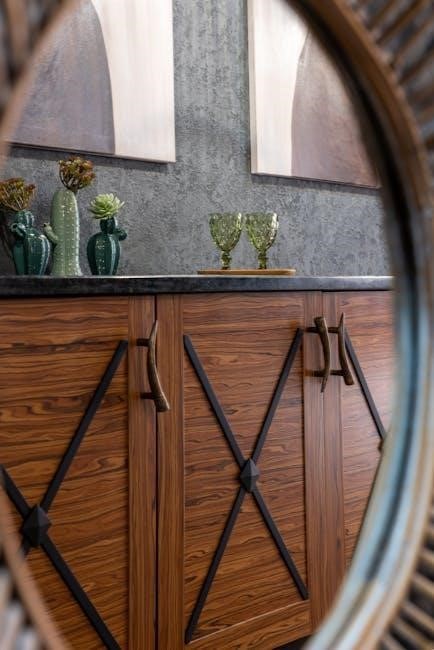
Types of Cabinet Handles
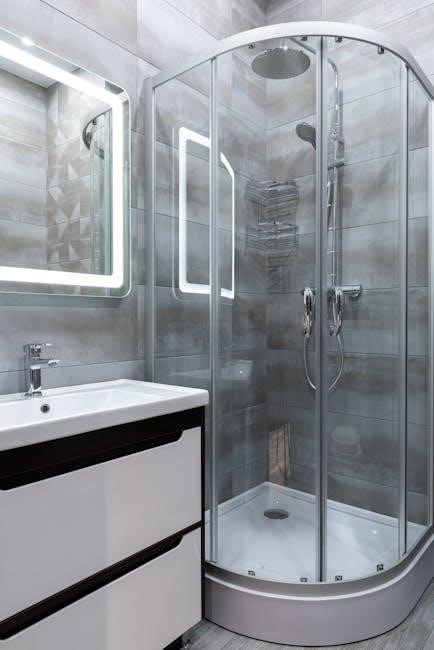
Cabinet handles come in various forms, including knobs, pulls, and latches. Knobs are small, rounded, and ideal for doors, while pulls offer a grip, perfect for drawers. Latches and specialized handles cater to specific needs, blending style with functionality for a tailored look.
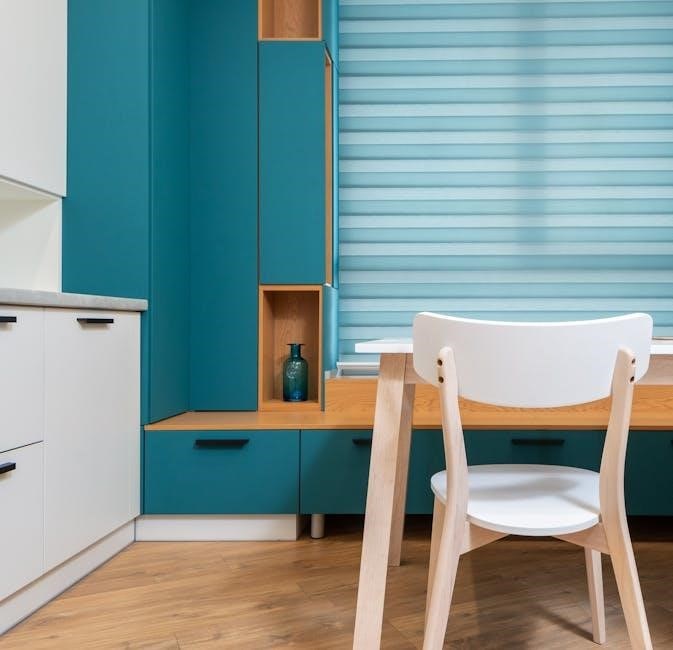
Knobs
Cabinet knobs are a popular choice for their timeless appeal and versatility. Typically small and rounded, they are ideal for cabinet doors, offering a comfortable grip and easy access. Available in materials like brass, bronze, and glass, knobs can complement any interior style. Their compact size makes them suitable for smaller spaces, while decorative designs can add a touch of elegance. Installation is straightforward, with most knobs mounted using screws from the inside of the cabinet. They are often preferred for their simplicity and ability to blend seamlessly into various design schemes, from modern to traditional. Knobs also come in different finishes, allowing homeowners to match them with other hardware for a cohesive look. Whether used alone or mixed with pulls, knobs remain a practical and stylish option for enhancing cabinet functionality and aesthetics.

Pulls
Cabinet pulls are a versatile and popular choice for drawers and cabinets, offering a modern aesthetic and ease of use. They are typically longer than knobs, making them ideal for larger surfaces like drawers. Pulls come in various styles, such as recessed, cup, bar, and tab pulls, catering to different design preferences. Their design allows for a firm grip, ensuring smooth operation of drawers and cabinets. Available in materials like stainless steel, brass, and zinc, pulls can be finished in polished, matte, or brushed textures to match any interior decor.
One of the key advantages of pulls is their adaptability. They can be paired with knobs for a mixed-hardware look, adding depth to the design. The size of the pull often correlates with the drawer’s width, ensuring proportional balance. For instance, longer drawers typically use longer pulls for visual harmony. Pulls are also easy to install and maintain, making them a practical choice for homeowners. Whether in a contemporary or traditional setting, pulls offer both functionality and style, enhancing the overall look of cabinetry while providing effortless access.
Latches and Specialized Handles
Latches and specialized handles offer unique solutions for cabinetry, combining functionality with distinct design elements. Latches are often used for securing doors and drawers, providing a subtle yet effective way to maintain closure. They can be magnetic, spring-loaded, or mechanically operated, offering versatility in their application. Specialized handles, on the other hand, cater to specific needs or aesthetics, such as recessed handles for a sleek, modern look or vintage-inspired designs for a classic feel. These handles are often custom-made or designed for particular types of cabinets, ensuring a tailored fit and enhanced usability.
One notable feature of latches is their ability to blend seamlessly into the cabinet’s surface, creating a minimalist appearance. Specialized handles, however, often serve as decorative focal points, adding a touch of personality to the space. They are frequently used in custom cabinetry to address unique design challenges or preferences. Whether for practicality or style, latches and specialized handles provide innovative solutions for homeowners seeking functionality and visual appeal.
Choosing the Right Cabinet Handles
Selecting cabinet handles involves balancing style, functionality, and proportions with your space. Consider the size, material, and finish to ensure harmony with your interior design. Expert tips and guides can help simplify this decision-making process effectively.
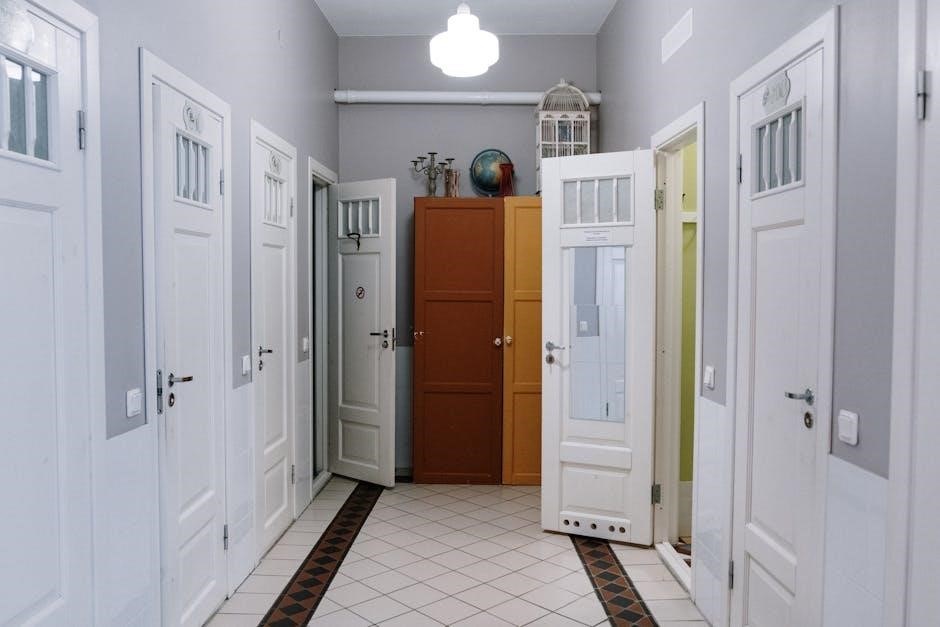
Style Considerations
Style considerations for cabinet handles play a crucial role in achieving a cohesive interior design. Whether you prefer modern, traditional, or minimalist aesthetics, handles come in various designs to match your space. Knobs, pulls, and latches offer different looks, with materials like brass, stainless steel, and glass providing timeless elegance. Mixing hardware types, such as combining knobs and pulls, can add layered interest to kitchens. The placement of handles also matters; while knobs are often centered on doors, pulls are typically positioned 1 to 4 inches from the top or bottom of drawers. Proportional sizing ensures visual balance, with longer handles suiting larger drawers and shorter ones complementing narrower spaces. Ultimately, the right style choice enhances both functionality and the overall ambiance of your room, making it essential to consider these elements carefully when selecting cabinet handles.
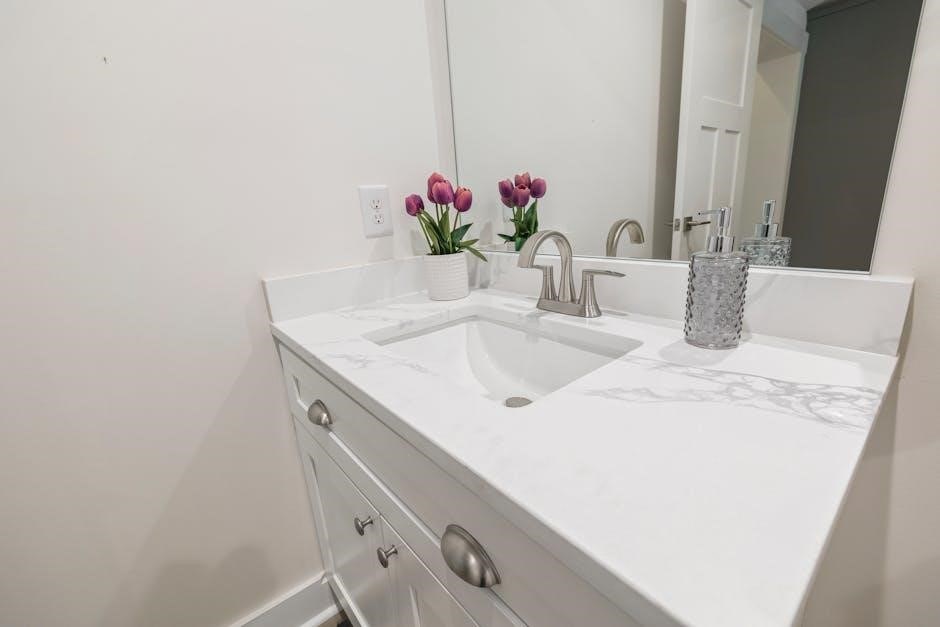
Functionality and Sizing
Functionality and sizing are critical when selecting cabinet handles, as they directly impact usability and visual balance. Handles must be easy to grip and operate, ensuring smooth access to cabinet contents. Sizing is equally important, with proportions matching the cabinet’s dimensions. For drawers, the general rule is that the longer the drawer, the longer the handle, while narrower drawers look best with shorter handles. Pulls are often placed 1 to 4 inches from the top or bottom edge, depending on personal preference, while knobs are typically centered on doors. Proper sizing ensures ergonomic comfort and prevents handles from feeling awkward to use. Additionally, the scale of the hardware should align with the room’s overall design to maintain harmony. Tools like cabinet hardware jigs can help achieve precise placement, ensuring functionality and aesthetic appeal go hand in hand. By focusing on these factors, you can choose handles that enhance both the practicality and beauty of your space.